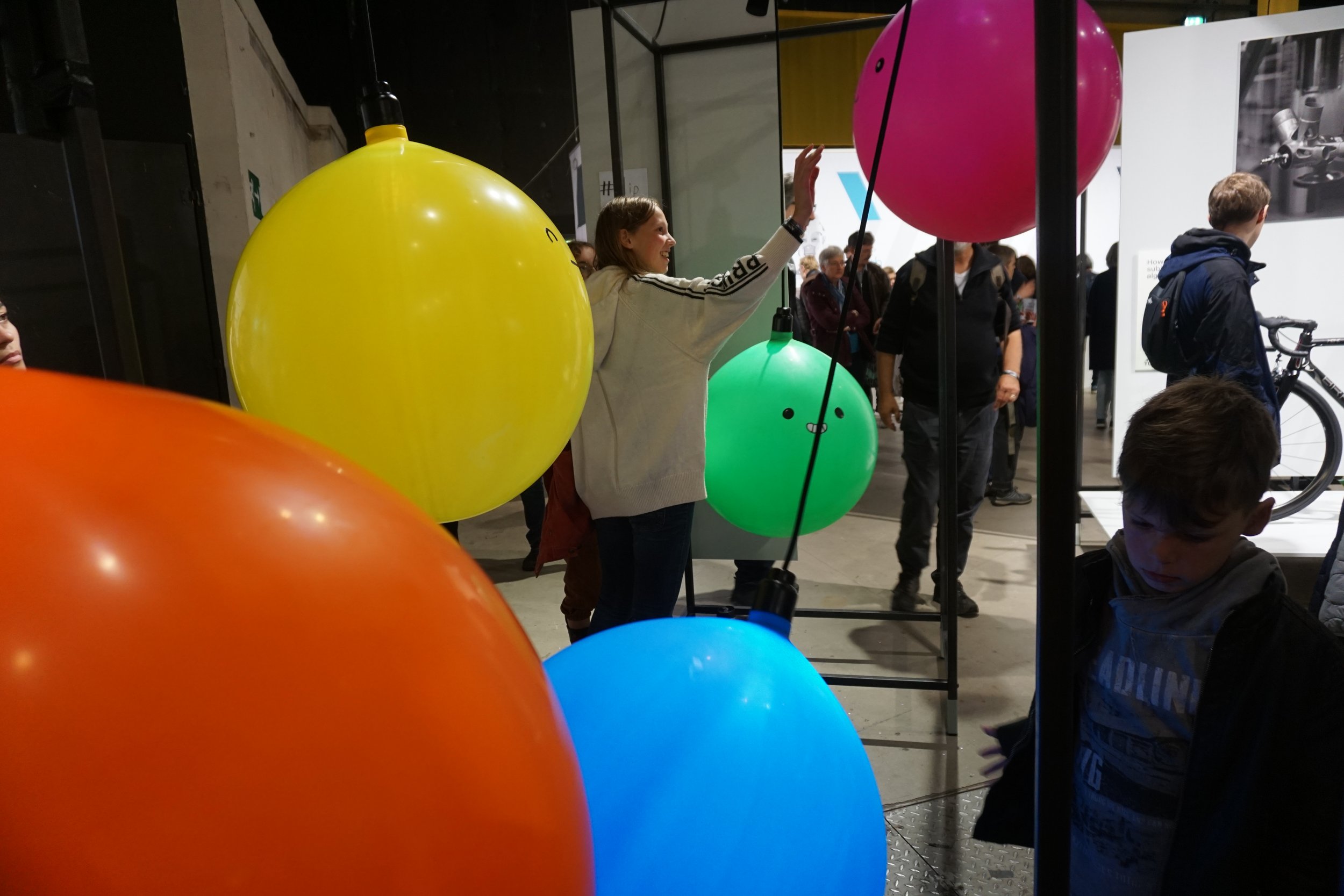
Unexpected, minor, and temporary deviation from the normal
Blip: Embodied Happiness in Action
People involved
Hannah Goss (me)
Diaz Couder Breceda
Tirza Izelaar
Project Output
Dutch Design Week
When
During Master’s
Challenge
In a world where people are often preoccupied with thoughts, worries, and tasks, opportunities for genuine happiness and presence are becoming increasingly rare. How can design create moments that interrupt the daily flow and invite individuals to experience happiness in unexpected settings? Can an experience be crafted to engage people emotionally through elements like familiarity, connection, nostalgia, surprise, and simplicity?
Final Installation
Approach
Iterative Prototyping
Embodied Testing
Blip, a design installation, took an embodied approach to unexpected happiness. Unlike conventional cognitive approaches, which focus on analysing situational meaning and emotional responses, Blip emphasises the relationship between emotional experiences and body movements by putting action first.
Key Steps in the Design Process:
Informal Interviews: Asking people when they experience unexpected happiness, and determining the qualities that support unexpected happiness.
Iterative Prototyping: Over the course of 10 weeks, 10 prototypes were developed to explore how bodily movements and whole-body interactions could evoke happiness.
Interactive Design: The installation featured 10 balloons, each characterised by a distinct "personality" communicated through color, facial expressions, and musical notes. Interactions triggered lights and sounds, creating a dynamic and immersive experience that evolved with the number of participants.
Testing & Refinement: Prototypes were systematically tested to identify actions and interactions that stimulate positive emotions such as joy, satisfaction, and fascination. Insights from these tests informed iterative refinements, leading to the final design showcased at an exhibition.
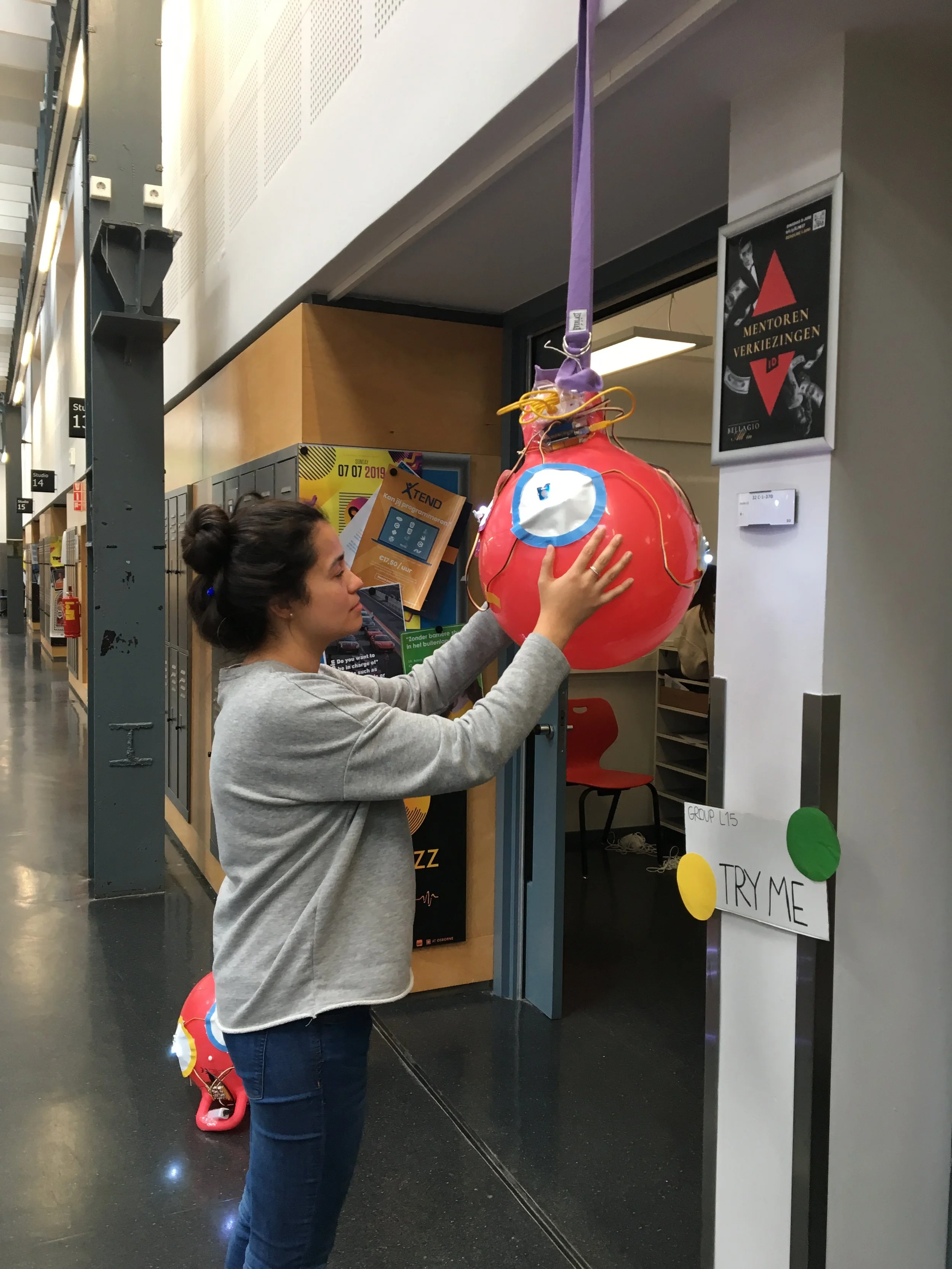

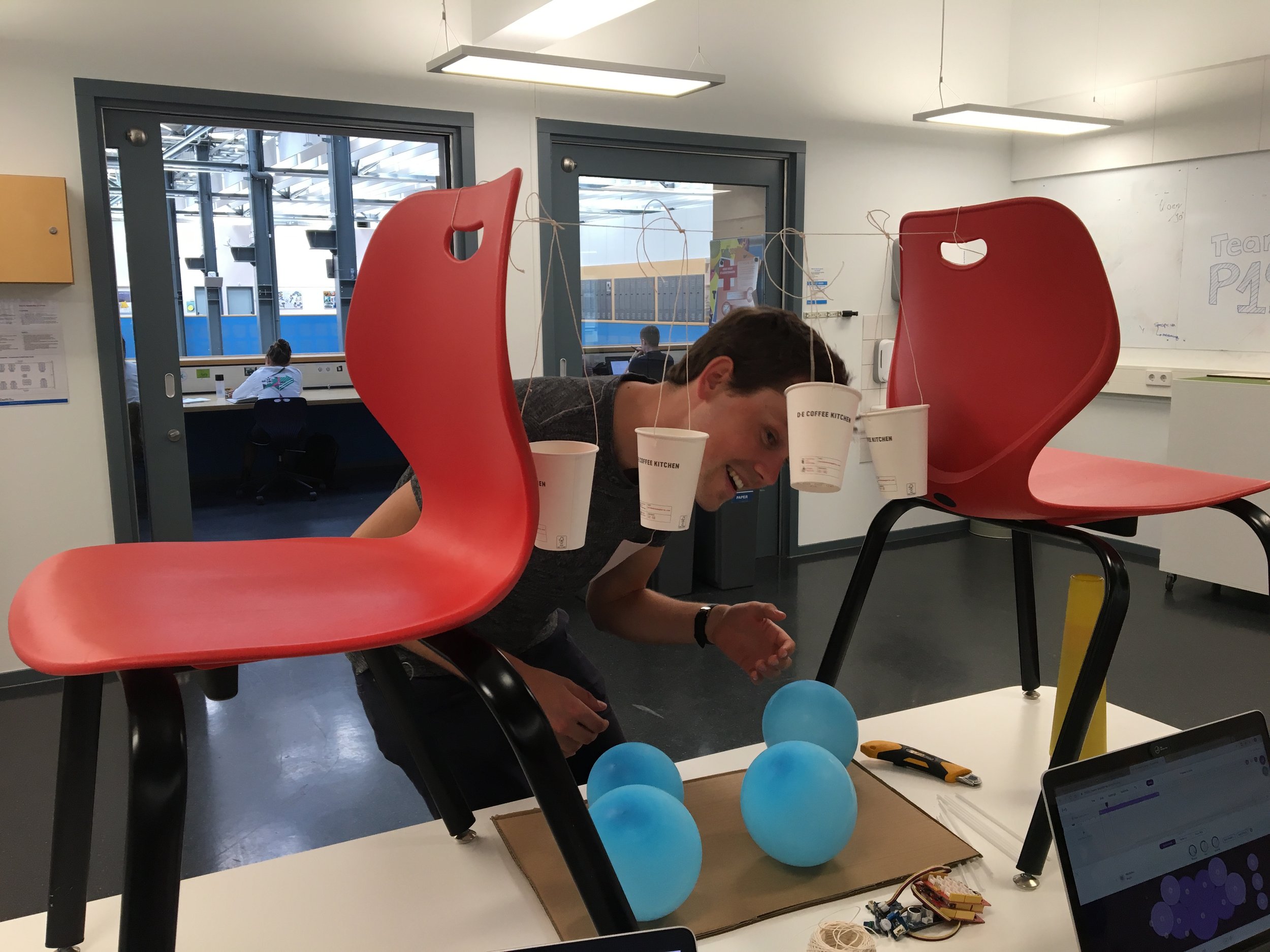
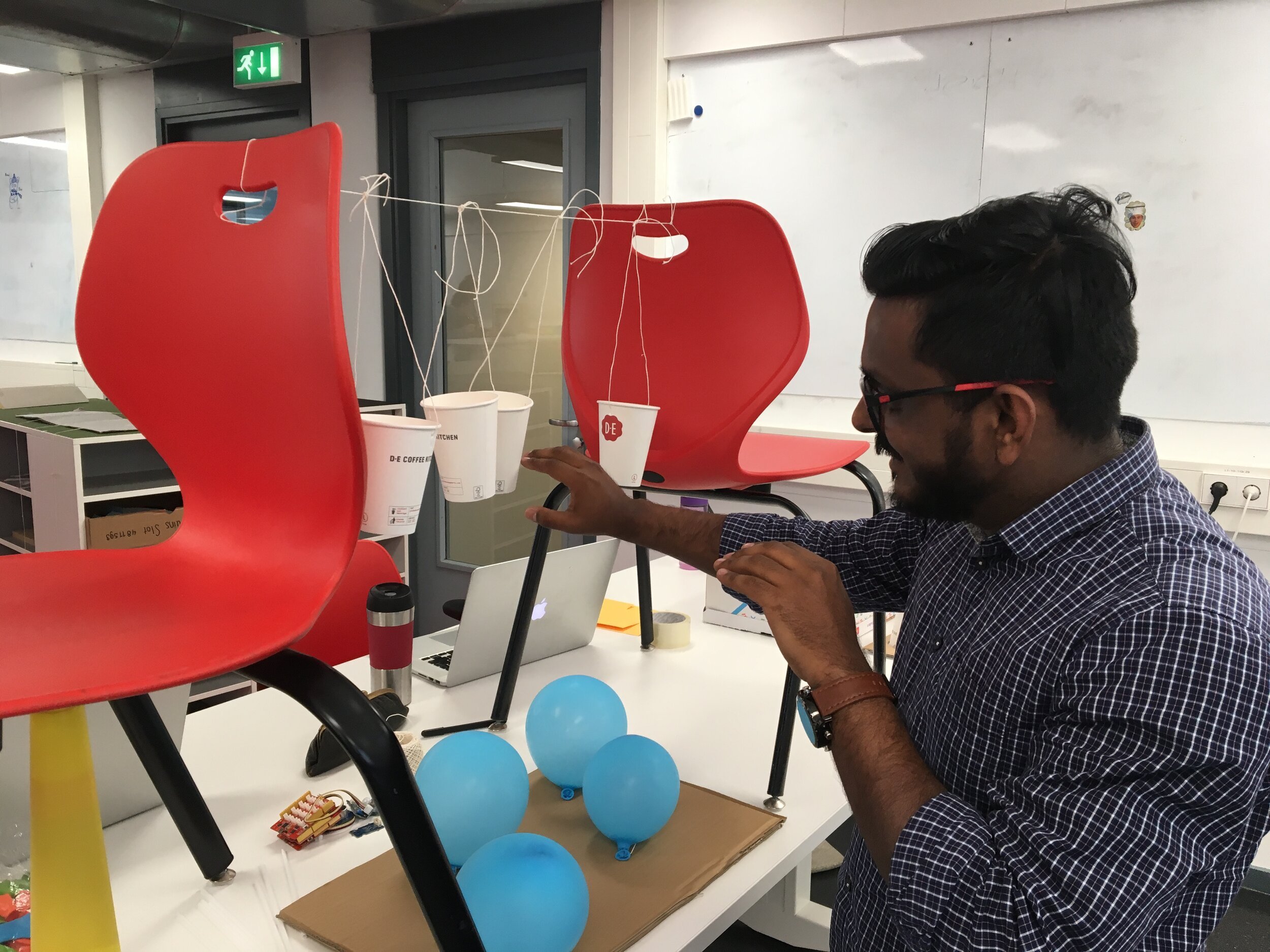
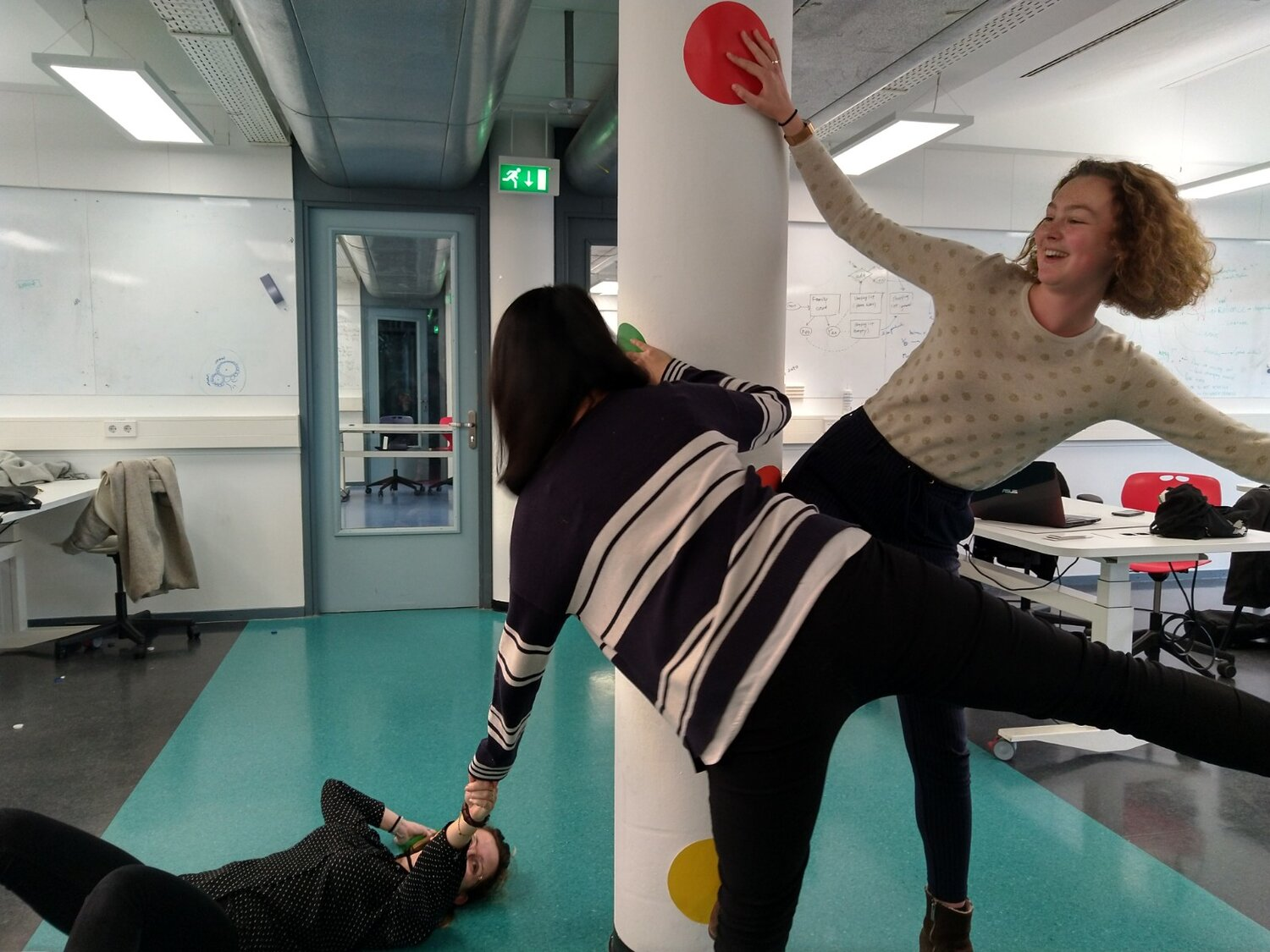






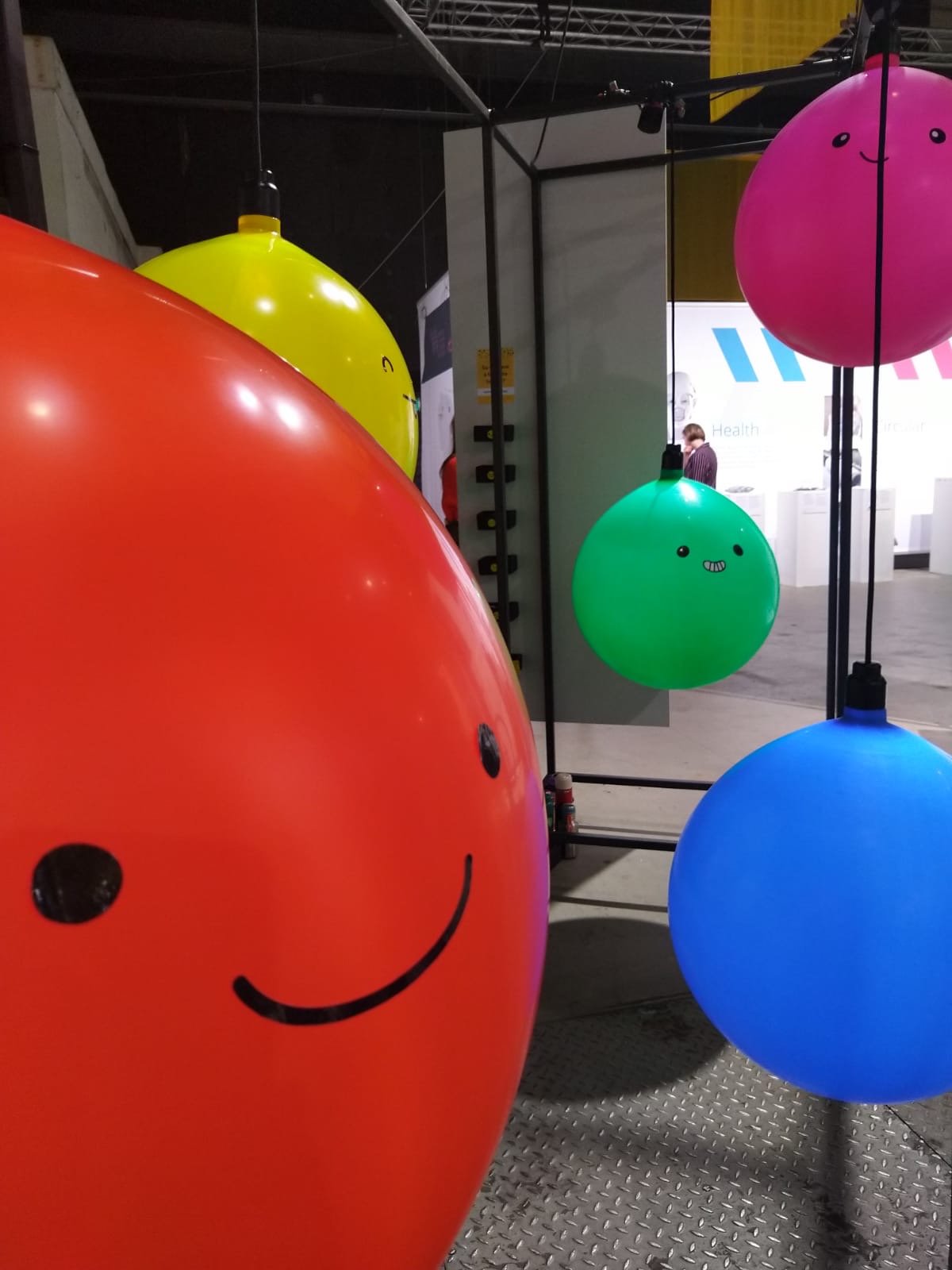
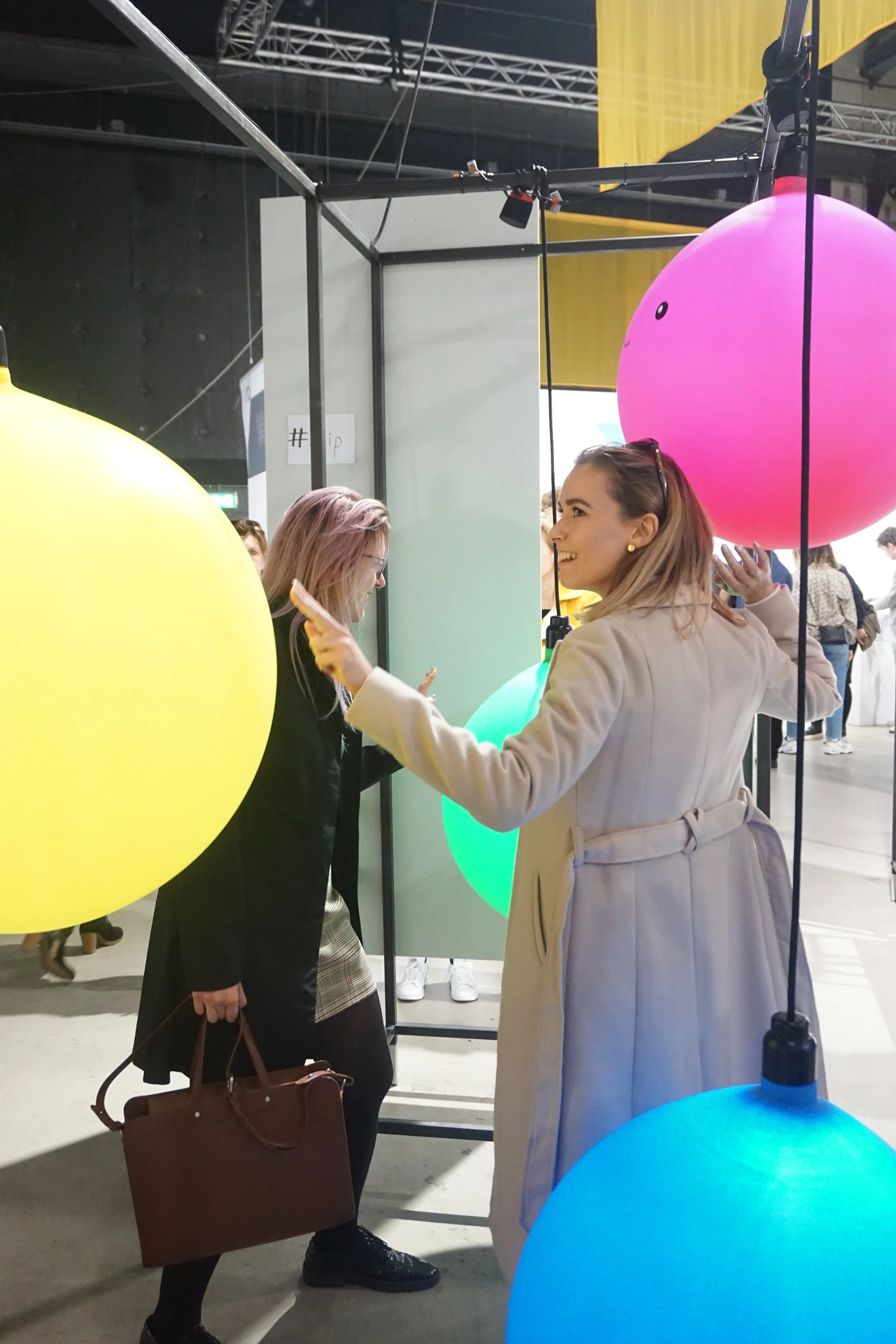


Outcomes
Transition Design Framework
Evaluation of 21 innovations
Blip encouraged shared experiences and interpersonal connections, addressing universal needs like belonging, autonomy, and stimulation while fostering unexpected moments of happiness.
The installation was showcased at Dutch Design Week and tested during a Design for Emotion Masterclass in Beijing with 78 participants. Using pictorial self-report scales, participants reported their emotions and moods before and after interacting with the installation. The results showed that Blip
Increased Positive Emotions: Participants reported significantly higher levels of joy, fascination, satisfaction, admiration, and pride after engaging with Blip.
Reduced Negative Emotions: Emotions like boredom, fear, and sadness were significantly diminished.
Improved Mood: Participants experienced greater cheerfulness and lower levels of tenseness, with statistically significant results.
Blip demonstrated that action-driven, embodied design can evoke happiness, not only as a fleeting emotion but as a meaningful, shared experience. The project underscores the potential of design to create impactful, emotionally engaging installations, offering valuable insights for both research and design practice.